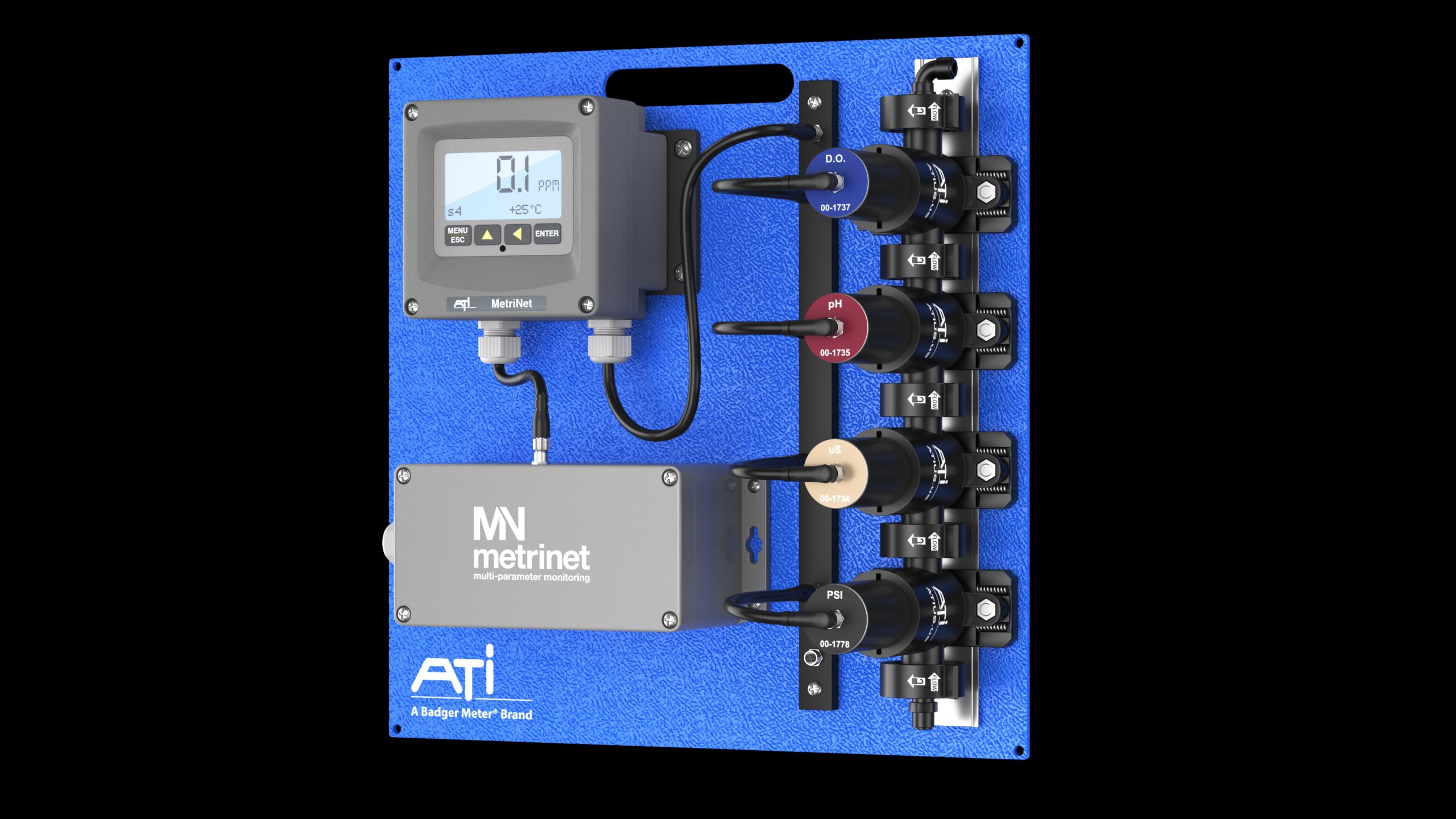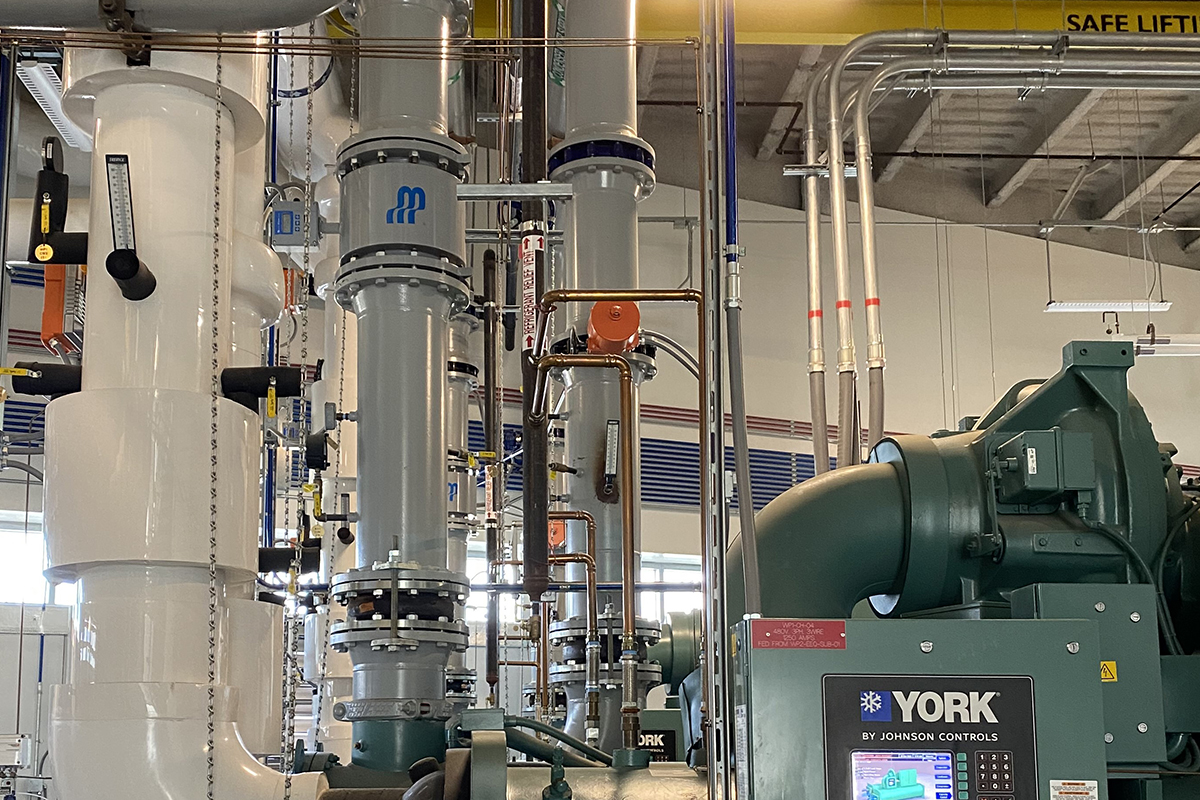
Over the past year, artificial intelligence (AI) has surged to the forefront of almost every industry and is now moving into the realm of data centres.
With the exponential growth of cloud computing, data centres (DCs) have come under scrutiny for their energy use.
AI and machine-learning algorithms are extremely good at spotting patterns in datasets. This can be embraced to improve and streamline the function of day-to-day operations, enabling real-time improvements using predictive analysis.
Specifically, AI applications for energy optimisation, early fault detection and predictive maintenance are gaining traction. In this context, two studies exemplify how AI technologies are transforming practices.
Data-centre cooling
The first study, by Zhichu Wang at the University of Hull, focuses on enhancing the performance of DC cooling systems through advanced time series machine learning.
In 2022, data centres accounted for 1% of global electricity consumption, with up to 40% of this driven by their cooling systems.
Wang developed a novel time series machine-learning model for hourly performance forecasting in an operational DC’s advanced dew-point cooling system.
The dataset used to train the model was collected over four months from a live DC. This model effectively forecasts hourly cooling system performance, enabling precise short-term and long-term energy consumption predictions.
The findings encompass a wide array of parameters relevant to managing DC cooling operations. Wang anticipates that the research could herald a new era of energy-efficient
DC operations.
The paper will be presented at CIBSE’s Technical Symposium in Cardiff from April 11-12 www.cibse.org/symposium.
Chiller plant optimisation
In Hong Kong, a second research study looked at Chiller Energy Optimisation using Artificial Intelligence. Air conditioning in Hong Kong contributes to around 30% of total electricity consumption. In line with the government’s climate action plan, which is aiming for carbon neutrality by 2050, researchers Lai Kam-Fai, Yow Kin-Fai, Wong Tat-Tong and Li Kin-Pong implemented AI-driven chiller optimisation strategies in government and public buildings. Leveraging artificial neural networks and particle swarm optimisation computational methods, the study saw energy savings of 5-10% in revitalised chiller plants.
To enhance the energy efficiency of air cooled chiller plants, a hybrid predictive operational control strategy was employed, using variable speed drive components for optimal efficiency. This approach optimised the number, sequencing, water supply and pump speeds of the chillers.
With these promising results, a rolling schedule to extend the application of AI optimisation control to the ‘AI-ready’ chiller plants in a wide spectrum of in-service government buildings and healthcare facilities is under way. The paper was presented at the ASHRAE Winter 2024 conference.
These studies indicate how AI can harness the power of data and advanced algorithms for a more sustainable future. DCs and chiller plants embracing AI-driven optimisation may be another step towards achieving carbon neutrality.





